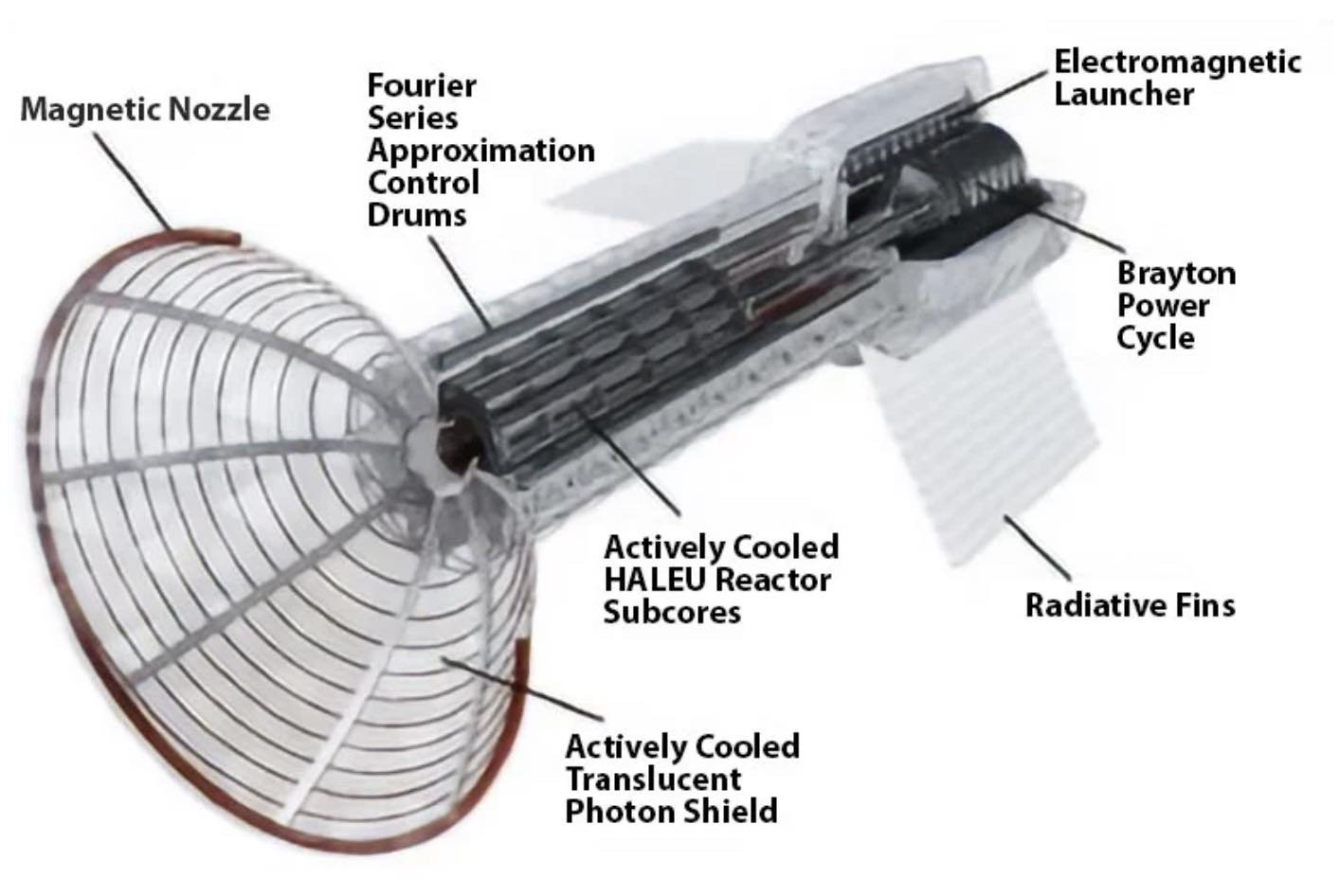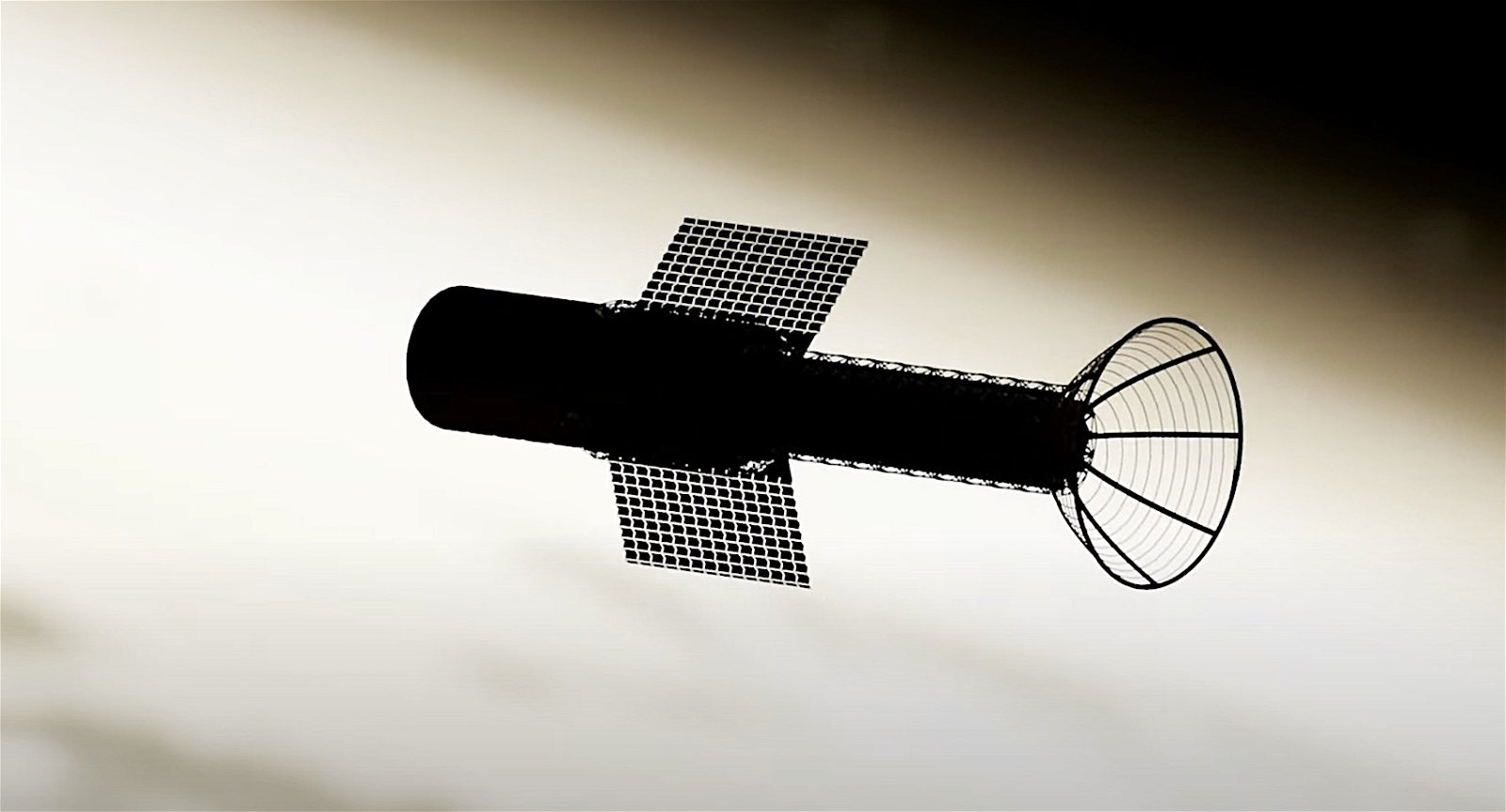A groundbreaking new pulsed plasma propulsion system could soon enable faster and safer crewed missions to planets like Mars, according to a leading developer of novel technologies aimed at advancing the next stages of human space exploration.
Scottsdale, Arizona-based space technology developer Howe Industries recently announced that its Pulsed Plasma Rocket (PPR) could represent a game-changer in advanced propulsion for space travel, allowing crewed missions to significantly reduce the travel time required to reach Mars.
According to current timelines, NASA aims to send the first crewed missions to Mars within the next two decades using habitat-like spacecraft paired with hybrid propulsion capabilities that combine chemical and electrical forms of propulsion to enable such long-duration missions.
Enter Howe Industries and the PPR’s unique combination of high thrust and specific impulse energies. The technology is an outgrowth of the Pulsed Fission Fusion (PuFF) concept, which employs a modified z-pinch device to compress a fission-fusion target within a liquid lithium sheath. The resulting thrust is produced as combustion propagates and expands against a magnetic nozzle through a process known as deflagration, which involves electrical discharges that create strong magnetic fields and produce high plasma densities and temperatures.


In essence, such magnetic nozzle thrusters work by accelerating plasmas to generate thrust for spacecraft, thereby presenting a form of electric propulsion with several potential applications in spacecraft design. In December 2022, The Debrief reported on new advancements in this field of engineering, potentially marking a discernible shift toward the viability of such advanced propulsion capabilities for future spacecraft.
According to Howe Industries, its PPR is capable of generating thrusts of up to 100,000 N and a specific impulse of 5,000 seconds. This offers optimal performance capabilities needed to reach the speeds required for reasonable periods of travel for crewed and cargo missions across great distances.
“The system’s high efficiency allows for manned missions to Mars to be completed within a mere two months,” the company said in a recent statement, adding that the PPR can also facilitate “the transport of much heavier spacecraft that are equipped with shielding against Galactic Cosmic Rays, thereby reducing crew exposure to negligible levels.”
The PPR could also help make missions far beyond Mars a reality, boasting potential distances of up to 550 astronomical units. Such capabilities could enable future explorations of the Asteroid Belt or even to locations in space far enough away that the gravitational lensing produced by the Sun could open new frontiers in observational astronomy.
Initial studies undertaken during the NASA Innovative Advanced Concepts (NIAC) Program established fundamental components of the technology, which included assessments of the motions and interactions of neutrons, or neutronics, as well as the spacecraft’s design and power system capabilities. During Phase II, the company plans to further refine its engine design to enable greater efficiency and reduced mass, in addition to completing proof-of-concept experiments in advance of plans for shielded human missions to the Red Planet.
If all goes according to plan, Howe Industries’ theoretical designs will move closer to having real-world applications that could greatly hasten humankind’s advancement toward becoming a true spacefaring civilization.
Micah Hanks is the Editor-in-Chief and Co-Founder of The Debrief. He can be reached by email at micah@thedebrief.org. Follow his work at micahhanks.com and on X: @MicahHanks.

